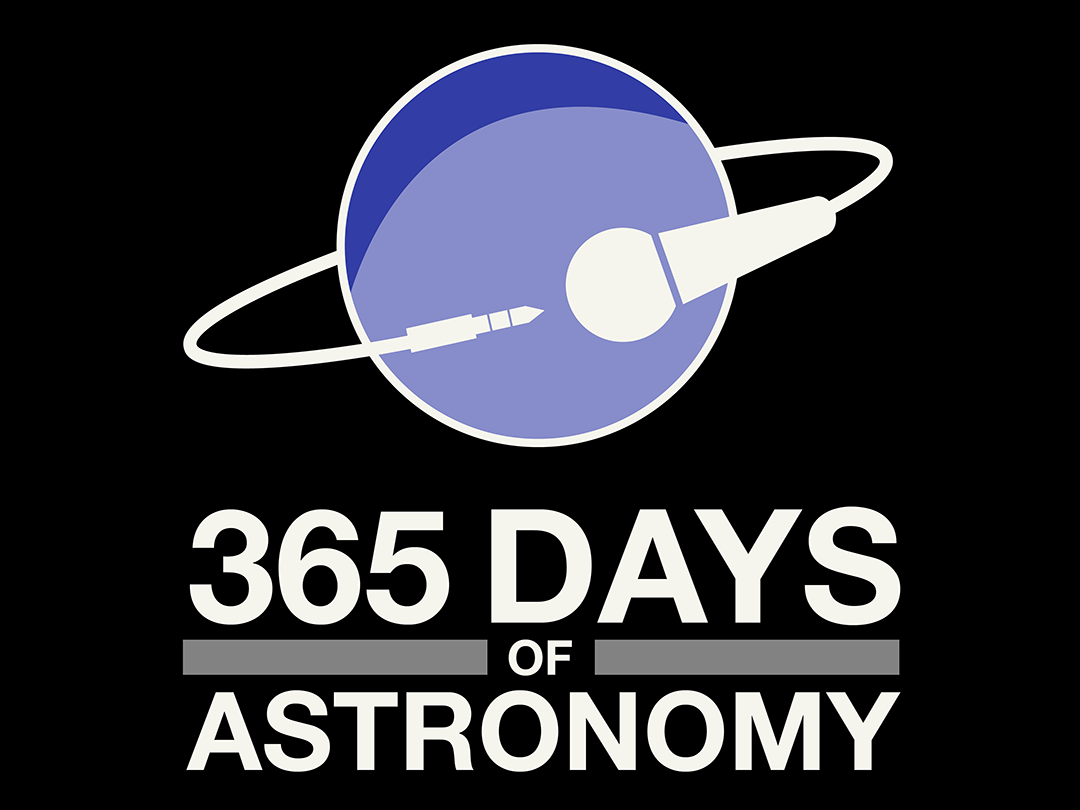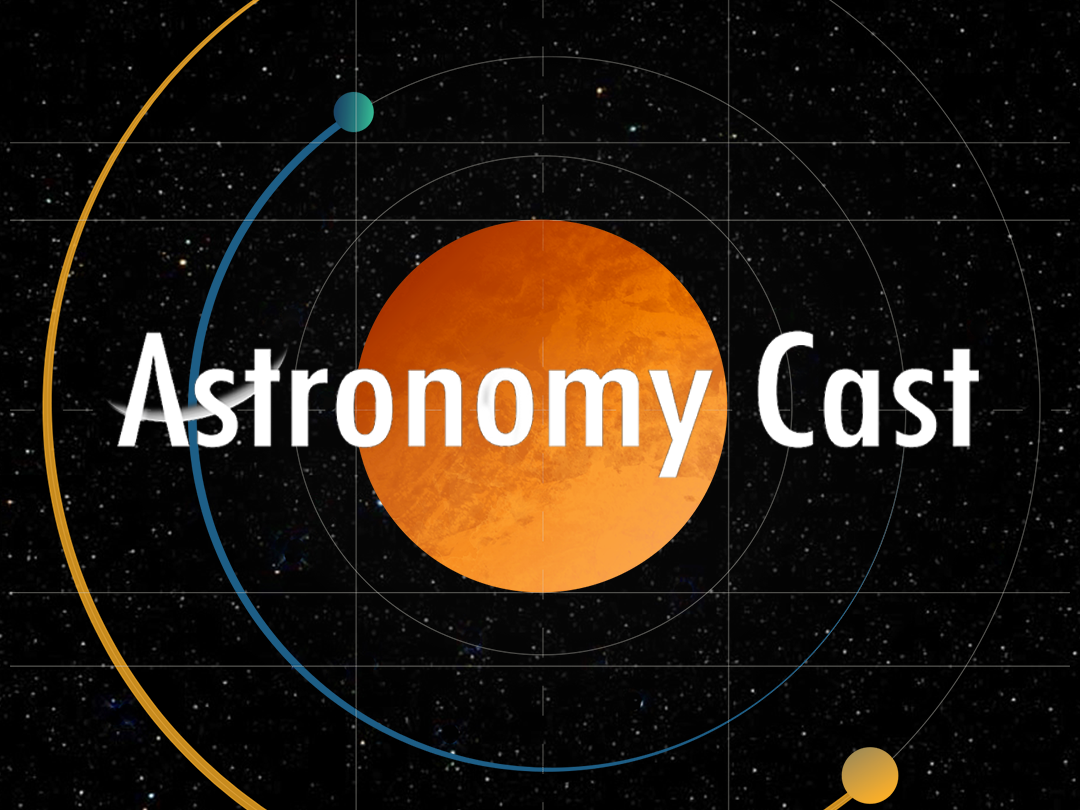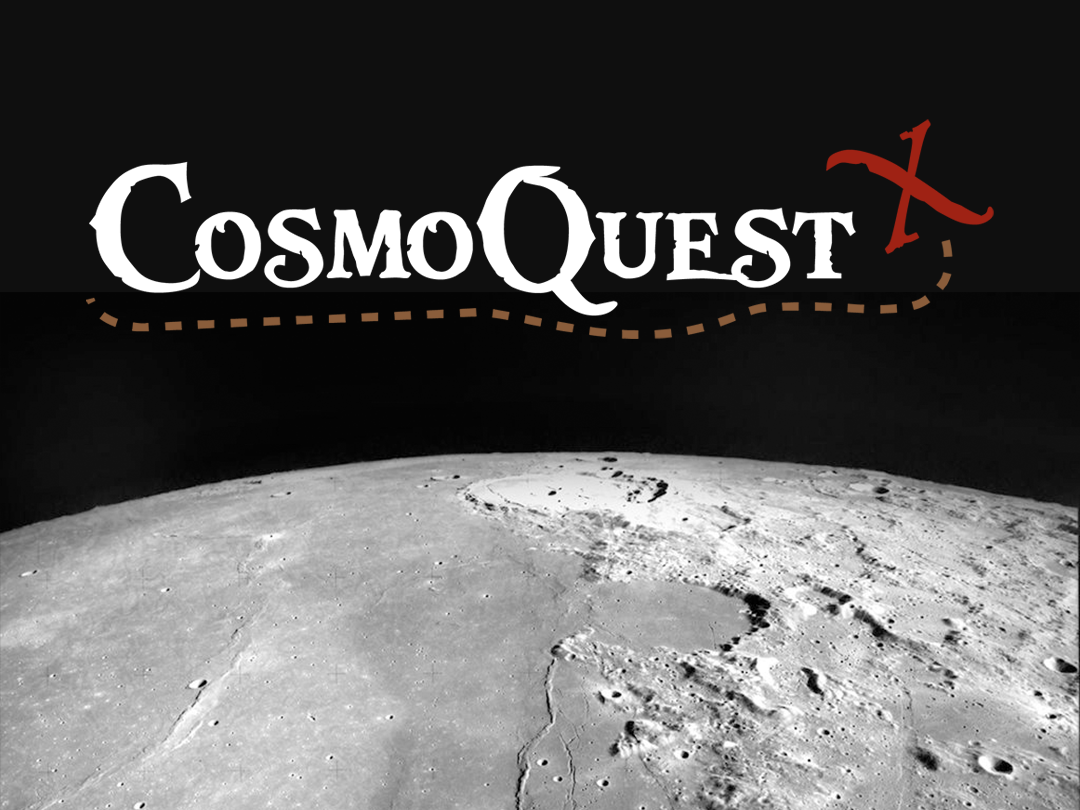” For most of her career, Dr. Gay has been a strong advocate of citizen science, which increases the visibility and drums up interest in important scientific research among the public, as well as assists the researchers through volunteer efforts. “
 Science
Science
![]()
Sci Comm
![]()
Software
![]()
Art

Curriculum Vita
Need a conference speaker or show guest?
Need someone to science your audience? Want to learn more about astronomy’s latest discoveries, the role of everyday people in exploring our universe through citizen science, or someone to talk about how the astronomy advances at the speed of computing thanks to innovations in AI/ML, GPUs, and more? I am available for your IRL or virtual event. (View select past presentations here)
Latest Essays & Articles
Everyday Days of an Instructor
As an instructor I find that there are good days – days when my students remind me of why I selected my profession, and there are also bad days when small collections of specific students make me really frustrated. Most days, however, are just days where all of us are just trying to get through life. The measure of a career is ticked away in these more average days. The quality of these everyday days varies from place to place, and opinions of quality vary as one person’s pleasure is someone else’s terror. To find happiness, we must each tune our location to the lifestyle that makes us happiest on so called normal days.
Over the years, I’ve had the opportunity to work a lot of different places. The universities I’ve haunted have ranged from the Big Ten (MSU), to the Ivy League (MIT and Harvard), to the Big 12 (UT), to the unheard of (SAO), to a small state school (SIUE). My students faces have ranged in age from the 10-year old prodigy learning college-level astrophysics to the late 50s chinese immigrant working through freshmen physics toward a dreamed of PhD. The students I have worked with have ranged from students so smart and together that they can run 1500 person programs without traumatizing their grades, to students who are just trying to figure out how to just get through their next homework set. To me, the measure of my career is counted not in the number geniuses I can help loose onto the world, but rather it is counted in the number of students for whom I can make just one idea click and who I can help find their dream that they want to make reality.
Helix hides Comets in its Core
 It is easy in astronomy to lump different objects into specific groups. At the top-most level, there are stars, galaxies, planetary systems (including asteroids and comets), and
It is easy in astronomy to lump different objects into specific groups. At the top-most level, there are stars, galaxies, planetary systems (including asteroids and comets), and dust-bunnies interstellar and intergalactic media (clouds and nebula). Looking a bit deeper, each of these categories can be nit-picked apart into more sub-categories. For instance, stars can be divided up by energy generation mechanism, or mass, or both. But, astronomy isn’t just the study of a bunch of discrete objects that can be junked into boxes any more than plant science is the study of how a bunch of leaves that can be classified by structure. Both sciences must consider the ecology around discrete objects. Trees grow in forests in symbiosis with other plants and animals, and are both harmed and helped through these synergistic relationships. Stars too exist in rich environments, and when we study stars and their evolution we are also studying the evolution of their planetary systems and of the galaxy they live within. Until recently, it was easy to see the average star as an isolated object on a solitary journey from molecular cloud to planetary nebulae – we simply weren’t able to see anything other than the star and what isn’t seen is easily ignored. Today, however, that is all changing.
As we peer at stars in more wavelengths and in greater detail, we are beginning to find evidence of planetary systems around more and more objects.* As we witness this co-formation of stars and planets it is becoming impossible to stick stars in discrete boxes – Stars and planetary systems must be studied as a whole. This was brought home to me by a newly released Spitzer Space Telescope image of Helix nebula (above right, credit:NASA/JPL-Caltech/K. Su (Univ. of Ariz.)). This favorite object of amateur astronomers appears as a faint swirl of light through the eyepiece of a backyard telescope in a dark location. With Spitzer, it is resolved into concentric rings marking the location of a dead star. Around that dead star are the remnants of a cometary cloud.
Three New Species Discovered in the Milky Way
 Scientists this week have discovered three previously undiscovered species: a new species of reef lobster living off the cost of the Philippines, a new source of gamma-ray radiation associated with star forming regions, and a new class neutron star+supergiant binary found the Milky Way Galaxy. Each of these three discoveries leads it’s respective discoverers to believe there are a myriad of things still waiting to found in the oceans and outer space. In our cyinical era of “been there, done that,” it seems there is nothing new to wow the mind, but these three new critters indicate our planet and our universe still have a few surprises in store for explorers.
Scientists this week have discovered three previously undiscovered species: a new species of reef lobster living off the cost of the Philippines, a new source of gamma-ray radiation associated with star forming regions, and a new class neutron star+supergiant binary found the Milky Way Galaxy. Each of these three discoveries leads it’s respective discoverers to believe there are a myriad of things still waiting to found in the oceans and outer space. In our cyinical era of “been there, done that,” it seems there is nothing new to wow the mind, but these three new critters indicate our planet and our universe still have a few surprises in store for explorers.











